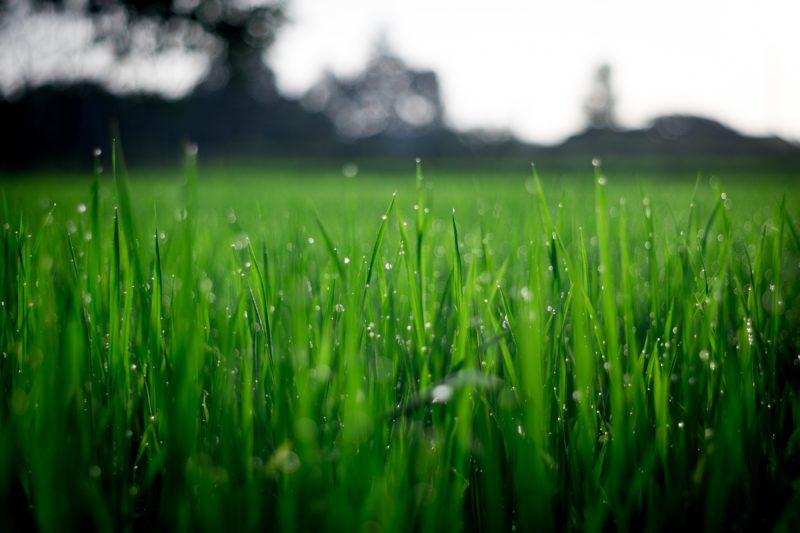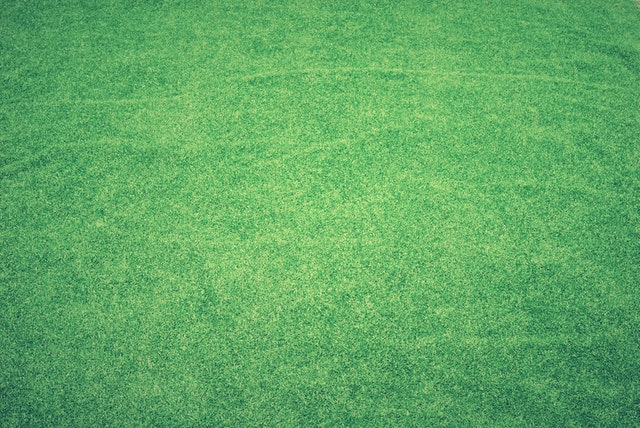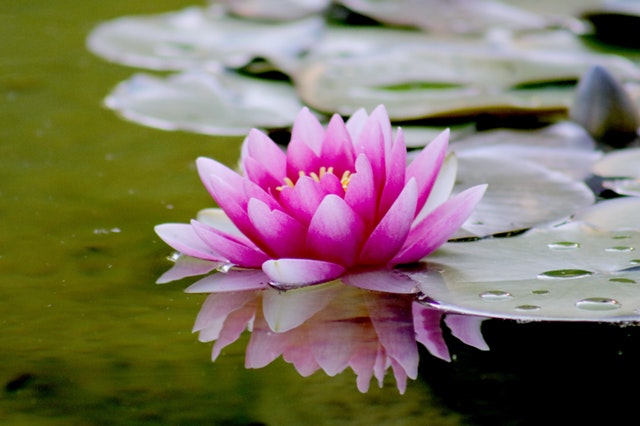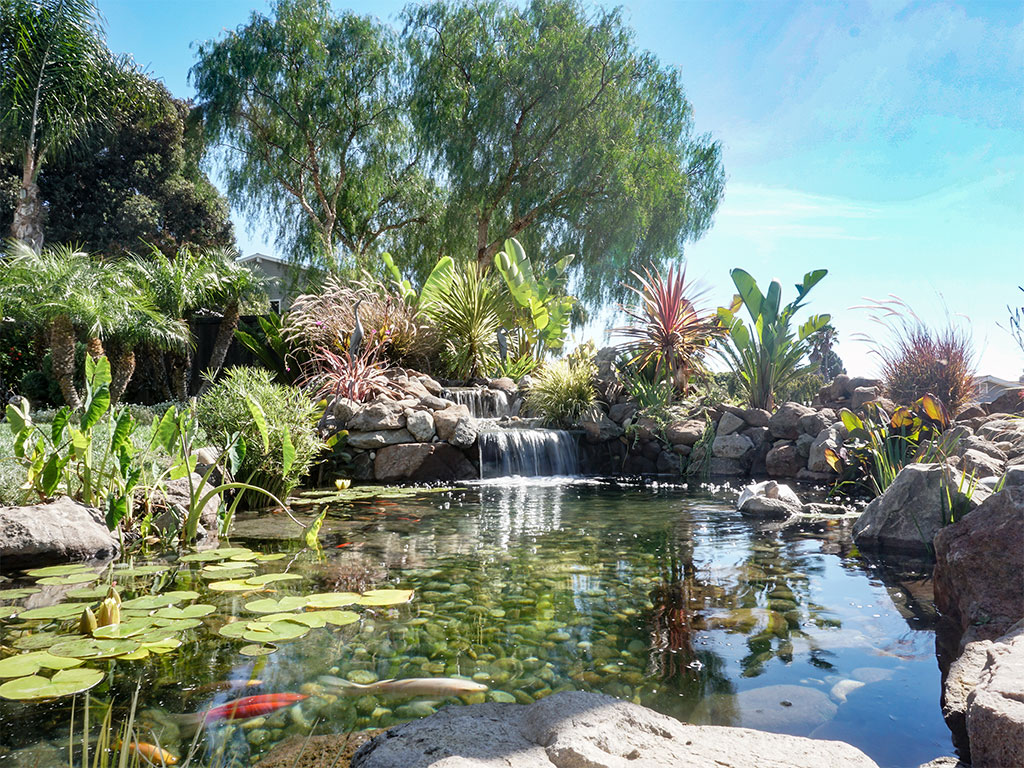We have all loved our lawn and it has been a part of most American lives for many generations but what are the costs to have a piece of natural turf in your yard and what are the options. Let’s investigate…
Most homeowners irrigate their lawn approximately 5 – 10 minutes per day during the summer although some experts recommend a one hour per week saturation to keep the roots growing deep
within the soil.
However, if you are in an area where the soil is high in clay content and an hour worth of watering produces major waste onto unnecessary areas like sidewalks, walkways, planters, etc. you will find this option inefficient. Regardless, turf requires an enormous amount of additional water to keep it looking good throughout the year especially if you are living in areas across the country where rain is not a constant throughout the season.

So what about artificial turf?
Zero water usage and looks like grass. But what is really happening when artificial turf is installed. First, the temperature of artificial turf can exceed 150 degrees Fahrenheit on a warm summer day. This can actually cause damage to surrounding live plants in planter areas next to the artificial turf and require additional watering and/or spray irrigation to alleviate wilting or Damage. Because of these higher surface temperatures most people find it unavailable to use during the summer months for laying out, walking barefoot or enjoying like they did with their natural turf.
Also, those native beneficial bugs (praying mantis, ladybugs, ground beetles, saprophytes, etc.) that help eliminate garden pests and break down organic material in the soil can no longer flourish. Although many manufacturers of artificial turf have developed products to keep turf cooler, most require water saturation to activate their cooling systems thus requiring water once thought to be unneeded. Don’t get me wrong. Artificial turf can be a great option for the look of grass but not for the same uses.

What if a pond or water feature was built in the same area as once irrigated by natural turf?
Let’s take a look at the facts. Typically, the amount of water used to maintain a pond, due to evaporation, would be approximately 50% less than that used to maintain natural turf in the same footprint, according to experts. While Pondless (Disappearing) waterfalls or water features can save 70% or more. But what if water savings to a typical customer being billed by their respective Water Company wasn’t the concern?
What if simple sustainability is the concern?
Although many varieties of animals live within natural turf nothing compares to the abundance of life within a natural aquatic system. From diverse colonies of bacteria, fungi and biofilms to countless species of copepods, rotifers and tardigrades there is nothing more alive and diverse than biologically sound water! Not only do these microscopic forms of life occur naturally but the fun stuff like, fish, butterflies, dragonflies, frogs, etc. give us all a feeling of connection to nature when we need it most. While these biological features can literally be a classroom for aquatic scientists they are simply used by homeowners to unwind, socialize and relax and maybe that is the ultimate benefit.

The bottom line is that the weekly time spent mowing and watering your lawn might be better invested
in a pond or water feature to enjoy daily with your loved ones reconnecting to Mother Nature while
knowing you are giving something back to her.

